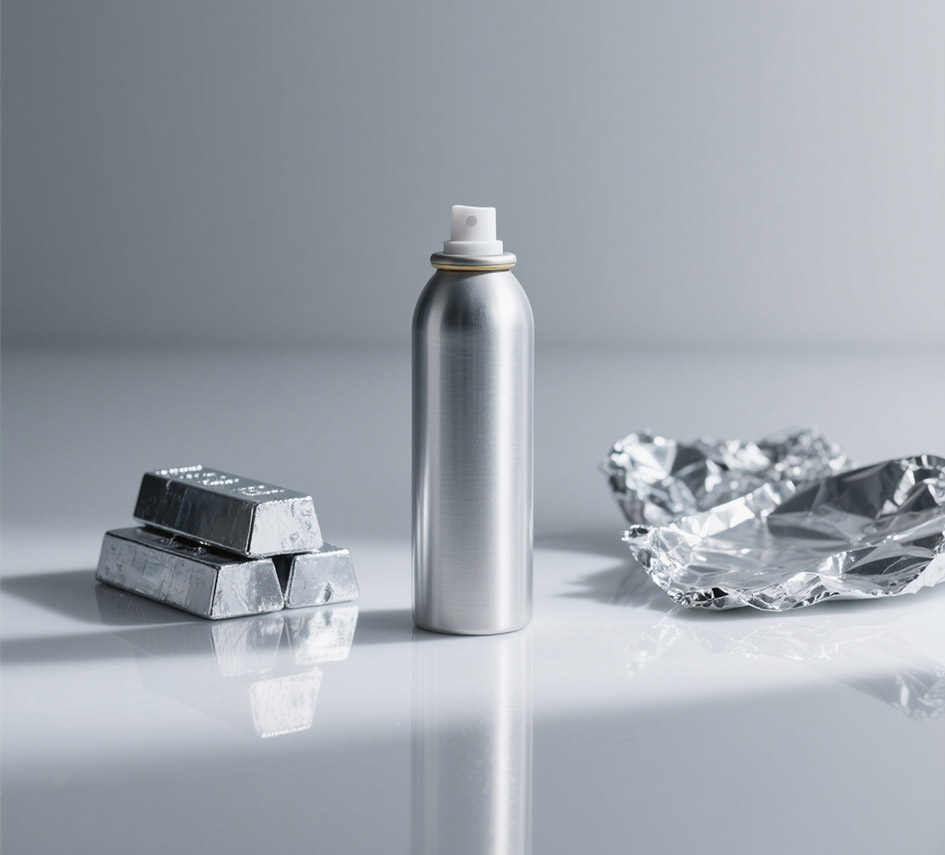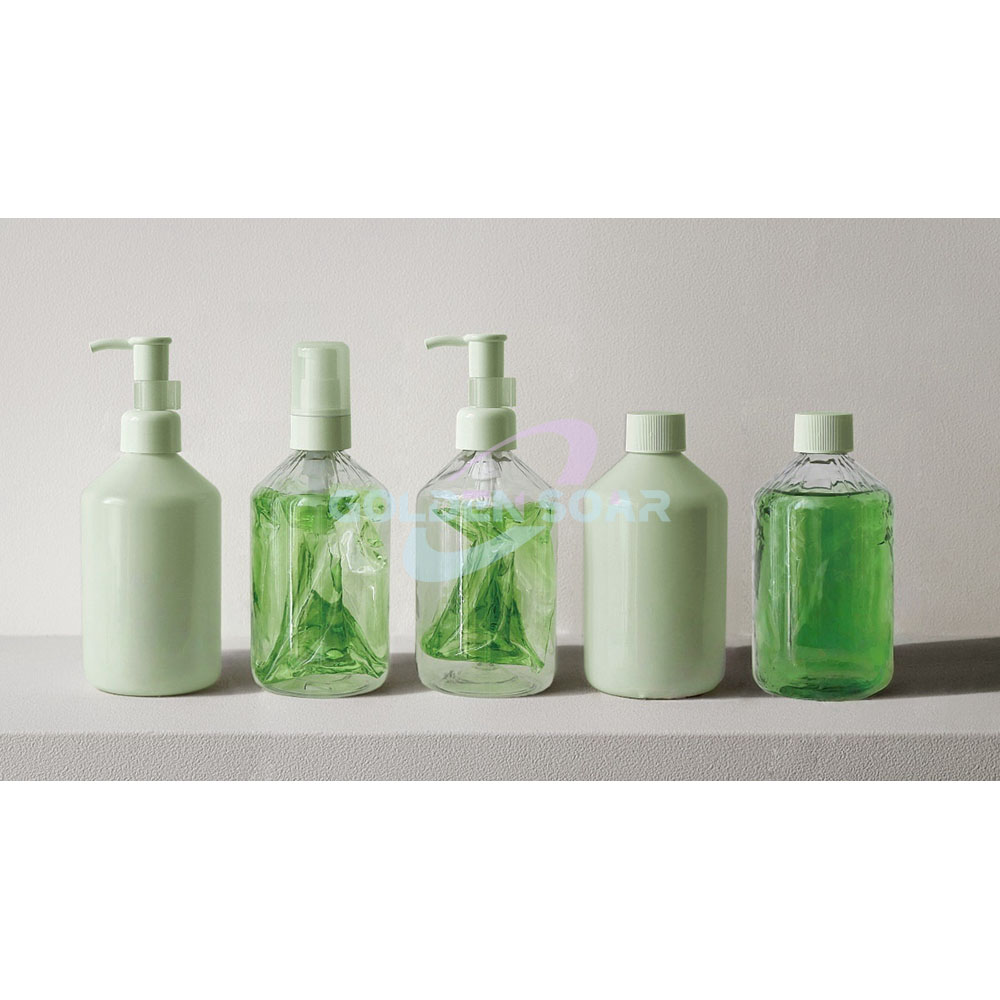
In the modern age
{In today's planet-friendly landscape, the desire for biodegradable packaging materials is expanding. An array of commonly adopted plastics in packaging are polyethylene fabric, PP plastic, and PET compound. Each material offers unique aspects that make it fit for various applications. Polyethylene is a malleable plastic often used in bags, while polypropylene is known for its resilience and is commonly found in containers. PET, on the other hand, is see-through and weightless, making it a popular choice for drink containers.
{When electing sustainable packaging, it's essential to weigh factors such as the eco-repairability of the plastic, its planetary influence, and its functionality.
Merits of PET Packaging in Food and Beverage
{PET coverings have become a popular choice for the food and beverage industry due to their numerous merits. One key benefit is its lightweight nature, which translates to reduced freight costs and a smaller carbon footprint. PET is also sustainably processable, making it an environmentally eco-positive option. Furthermore, its transparent look allows for product visibility, enticing consumers and enhancing brand marketing.
- In addition, PET's durability protects merchandise from damage during handling and depositing, ensuring freshness and quality.
- Due to its barrier properties, PET effectively prevents the entry of moisture, oxygen, and impurities, preserving product flavor and safety.
All in all, PET containers offer a efficient solution for the food and beverage industry, combining cost-effectiveness with eco-friendly considerations.
PP Packaging: Versatility and Durability for Consumer Goods
{Polypropylene packaging, commonly known as PP, has emerged as a leading choice for consumer goods due to its exceptional versatility and durability. Those traits attributes make it ideal for a wide range of applications, from food vessels to household supplies. The inherent strength of PP provides excellent protection against impact, damage, ensuring the integrity of the product throughout its lifecycle. Furthermore, PP's ability to withstand a variety of temperatures and environmental conditions makes it suitable for both indoor and outdoor use.
- PP packaging offers a high level of remanufacturability, minimizing its environmental footstep.
- Suppliers often utilize PP to create lightweight and compact packaging solutions, reducing transportation expenses, and promoting sustainability.
- The smooth surface of PP makes it easy to print on, allowing for clear and vibrant product inscription.
Ultimately, PP packaging's combination of durability, versatility, and sustainability has firmly established it as a preferred choice for protecting and presenting consumer goods in today's market.
Aluminium's in Premium and Protective Packaging
{Aluminum has emerged as a critical material in the area of premium and protective packaging. Its inherent characteristics make it an ideal choice for safeguarding wares during transport and storage. Aluminum's strength provides exceptional defense against environmental factors such as moisture, oxygen, and light, ensuring product integrity and extending shelf life. Furthermore, aluminum's ornamental appeal contributes to the premium image of packaged goods, enhancing brand fame.
Assessing Aspects of PE, PET, PP, Aluminium
{Various plastics and metals possess distinct specialized characteristics that influence their applications. Polyethylene element, commonly known as PE, is renowned for its flexibility and low cost, making it suitable for packaging and wraps. Polyethylene terephthalate most recognized as PET exhibits high durability and clarity, implemented for beverage bottles and textiles. Polypropylene polymer type, or PP, demonstrates robustness and chemical resistance, providing capability for items like containers and automotive parts. Aluminum, a metallic element, stands out due to its superior conductivity and recyclability, employed for applications ranging from cans to construction materials.
Planet-Safe Options: Biodegradable and Compostable Options
{In today's setting, it's more urgent than ever to reduce our impact on the planet. One way to do this is by opting for sustainable alternatives to ordinary products. Biodegradable and compostable options offer a wonderful solution to disposal problems. These materials rot naturally over time, contributing valuable nutrients to the soil.
- Illustrations of biodegradable and compostable products encompass food ware, totes, and even clothing.
- By choosing these paths, we can sustain natural resources and generate a more nature-based future.
Progress in Flexible Packaging: PE Films and Laminates
{The flexible packaging industry persistently strives to develop innovative solutions that meet the evolving demands of consumers and manufacturers. Polyethylene (PE) films and laminates have emerged as key players in this landscape, offering a wide range of properties such as strength, durability, barrier performance, and versatility. Recent innovations in PE film technology have led to the creation of high-performance materials with improved puncture resistance, tear strength, and chemical resistance. These enhancements facilitate the packaging of a diverse range of products, from food and beverages to pharmaceuticals and personal care items.
- As well, advancements in lamination techniques have allowed for the integration of multiple layers of PE film with other materials such as substrates and metallized foils. This multi-layered approach enhances the protective capabilities of packaging, providing superior barrier properties against moisture, oxygen, and light.
- Thus, flexible PE films and laminates are increasingly being employed in sustainable packaging solutions. Their lightweight nature reduces transportation costs and lowers the environmental impact associated with packaging waste.
Analyzing the Contribution
{In an era defined by environmental consciousness, the impact of packaging on sustainability has come under intense scrutiny. Traditionally, packaging has been viewed as a linear system, where materials are extracted, processed, used once and then discarded. However, embracing a circular economy approach presents a transformative solution. That paradigm emphasizes reducing waste by reusing, repairing, and recycling packaging materials, minimizing the depletion of resources and environmental impact. By implementing innovative design strategies and fostering collaboration across the supply chain, businesses can create a closed-loop system where packaging becomes a valuable resource rather than a source of pollution.
- A circular economy approach to packaging prioritizes the reuse and recycling of materials.
- Innovative design strategies play a crucial role in minimizing packaging waste.
- Collaboration across the supply chain is essential for achieving a truly sustainable system.
Directives and Supplies for Packaging
{Packaging substances are controlled by a variety of guidelines designed to ensure the welfare of consumers and the habitat. These directives often set forth the types of ingredients that can be used, as well as caps on packagingdesign to limit potential hazards. Respect with these guidelines is imperative for vendors to avoid fines. These regulations can vary from area to area, so it is necessary for businesses to study the specific rules that apply to their stock. A common aim of PET Packaging packaging rules is to support nature protection. This often involves boosting the use of earth-safe products and minimizing packaging waste.
Reducing Packaging's Impact
{In today's dynamic market, packaging/product containment are constantly seeking innovation/optimization/advancements to enhance both the performance/efficacy/effectiveness of their packaging and its environmental footprint. Lightweighting/Material optimization/Reducing density emerges as a key strategy in achieving this balance. By strategically/intelligently/carefully reducing the weight of packaging materials without compromising protection/integrity/security, manufacturers can achieve significant benefits/gains/advantages. These include lowered/reduced/diminished transportation costs, minimized/decreased/limited environmental impact through lesser/reduced/minimal resource consumption and waste generation/emissions, and improved/enhanced/optimized shelf appeal due to a more streamlined/compact/efficient design.
- Additionally/Furthermore/Moreover, lighter packaging can often lead to increased/enhanced/boosted product stackability, allowing for greater/more/superior storage efficiency and potentially lowering/reducing/minimizing overall shipping volumes.
Therefore/Consequently/As a result, investments/initiatives/commitments in lightweighting represent a strategic/forward-thinking/proactive step towards sustainable/eco-conscious/responsible packaging solutions that meet the demands of both consumers and the planet.
Opting the Right Packaging Material: Factors to Consider
When it comes to packaging your merchandise, the choice of material is essential. It's not just about appearance; the right packaging needs to ensure your items during transit and fulfill specific requirements. Here are some crucial factors to take into account:
- Kind of Merchandise
- Durability
- Eco-friendliness
- Charge
- Brand Image
By prudently considering these factors, you can determine the perfect packaging material to display your products while providing their safety. 